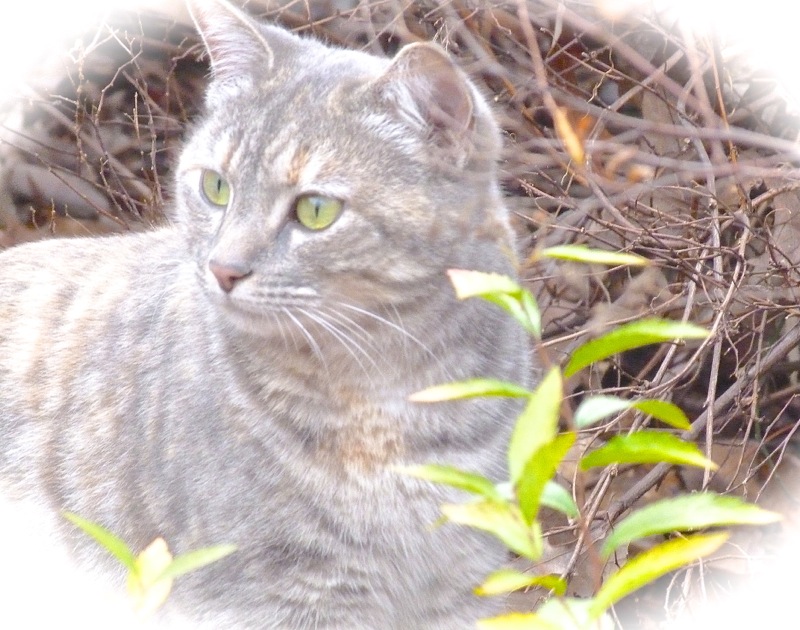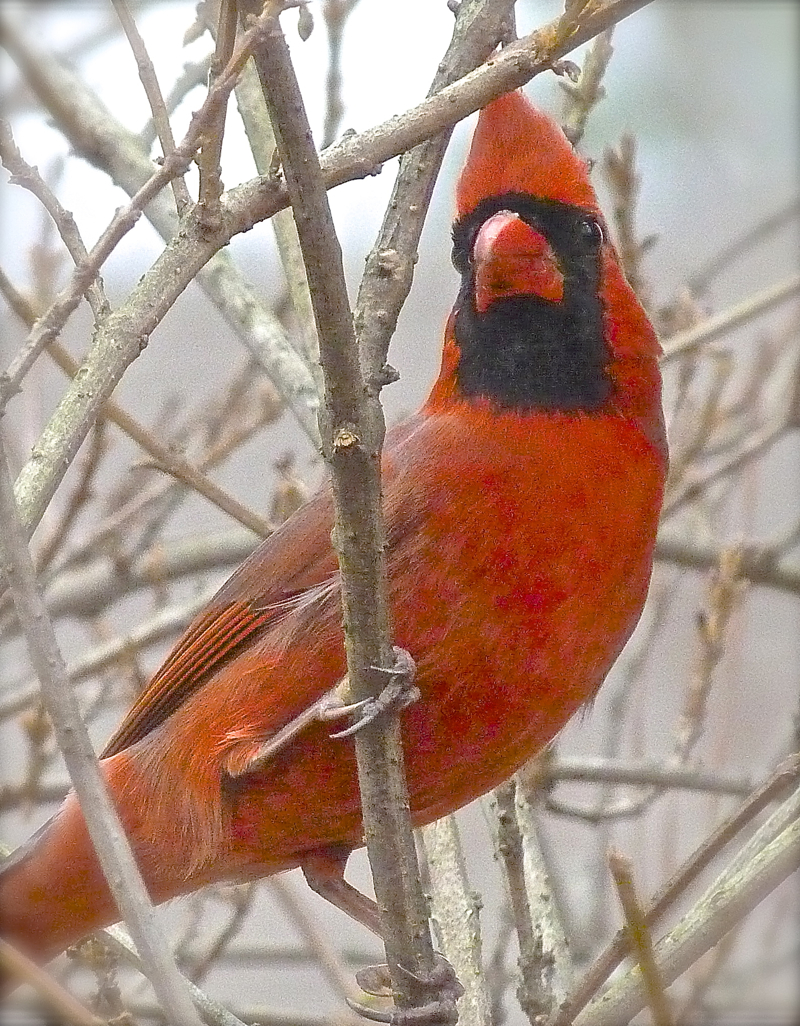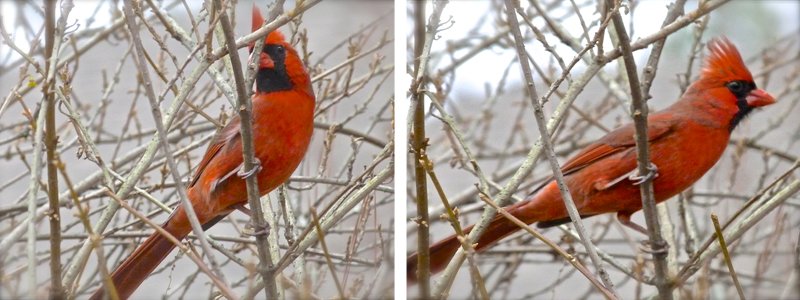A Good Day In January
 Sunday, January 13, 2013 at 10:20PM
Sunday, January 13, 2013 at 10:20PM I remember seeing the sun. It was warm and glowing and lit the morning like blessings from Heaven. But that seems a long time ago. January has been sodden to the core with day after endless days of rain and more on the way. All normal for my part of the country. A typical January skySomewhere to the north, this moisture translates to idylic drifts of snow and winter wonderlands. (I can call it idyllic because I don't have to live with it.) Here we get mush.
A typical January skySomewhere to the north, this moisture translates to idylic drifts of snow and winter wonderlands. (I can call it idyllic because I don't have to live with it.) Here we get mush.
Today between rain showers I went for a walk with Autumn the cat.  An over exposed photo gives Autumn an angelic look. Talk to the ground squirrels about that!While I admired spots of color in the landscape, Autumn frolicked amidst the wet shrubs and rolled in clumps of moss and batted fallen twigs. She pretended to stalk hidden beasts until she was tired, then finally curled up in my lap as I sat on the arbor swing. It was a good day in January.
An over exposed photo gives Autumn an angelic look. Talk to the ground squirrels about that!While I admired spots of color in the landscape, Autumn frolicked amidst the wet shrubs and rolled in clumps of moss and batted fallen twigs. She pretended to stalk hidden beasts until she was tired, then finally curled up in my lap as I sat on the arbor swing. It was a good day in January.
The old camellia bush at the top of the hydrangea walk is covered with buds and blooms. The air was warm today, but I fear for the shrub as freezing temperatures are predicited by next week, and I don't know how the flowers will do. For now the camellia is beautiful. I like how the bright red flowers contrast with the persistent dried blooms of the hydrangea 'Limelight'.
The hellebores are also beginning to bloom. These fabulous flowers will persist for months, beginning in purple, pink, and creamy colors, eventually all shading to pale green. For more information about hellebores, see my post, The Underworld of Hellebores.
Pieris japonica 'Cavatine' is growing well down from the patio. This dwarf andromeda grows to about two feet tall by four feet wide. It has lily of the valley type buds which swell over the winter, and they are nearly as pretty as the flowers.
Here are some more colorful accents to the gray January day:Clockwise from top left: I am amazed at this two year old decorative cabbage. It has grown atop a narrow stalk and is nearly two feet tall; Daphne odora 'Aureo marginata' is begiinning to bud; Nandina 'Firepower' is an evergreen shrub with lovely color year round; The first daffodil to bloom in my garden.
I really enjoyed all of these sights, but I was most thrilled when a Cardinal landed in a shrub about five feet from me.

I already had my camera in hand, focused in the direction of the shrub when this redbird arrived and posed for me, for just a few seconds — until he caught sight of Autumn! Could I have appreciated his scarlet vestments so much, if not for the gray background?
 Permalink
Permalink 